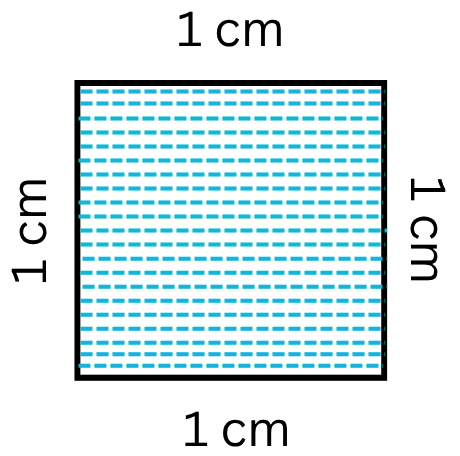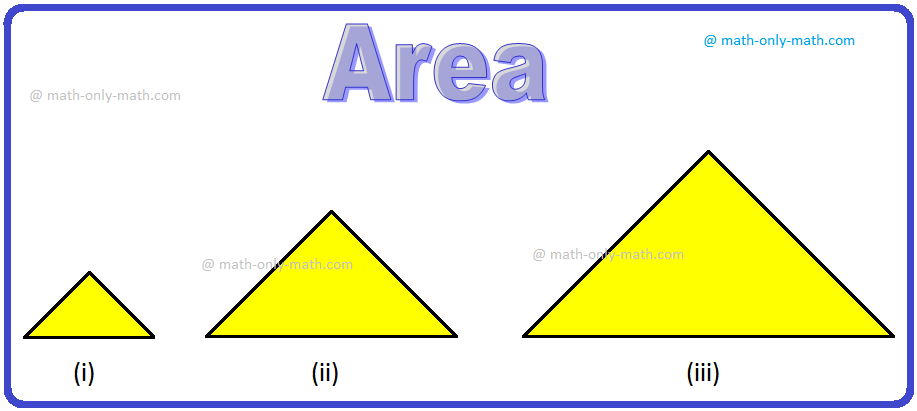Subscribe to our ▶️YouTube channel🔴 for the latest videos, updates, and tips.
Home | About Us | Contact Us | Privacy | Math Blog
Formulae for Compound Interest
We have learnt about compound interest in previous topics of this chapter. Under this topic, we’ll be dealing from formulae that are useful in calculating compound interest in different cases. Following are the cases and formulae used in them to calculate the amount payable at the principal sum.
If ‘P’ is the principal sum, i.e., amount taken as loan.
‘R’ is the rate percent which the bank/ lender is charging at the principal amount.
‘T’ is the time duration in which you have to repay the amount,
And ‘A’ will be the amount to be paid in following cases using following formulae:
Case 1: When the interest is compounded yearly:
A = P(1+R100)T
Case 2: When the interest is compounded half yearly:
A = P(1+R2100)2T
Case 3: When the interest is compounded quarterly:
A = P(1+R4100)4T
Case 4: When the time is in fraction of a year, say \{2^{\frac{1}{5}}\), then:
A = P(1+R100)2(1+R5100)
Case 5: If the rate of interest in 1st year, 2nd year, 3rd year,…, nth year are R1%, R2%, R3%,…, Rn% respectively. Then,
A = P(1+R1100)(1+R2100)(1+R3100)...(1+Rn100)
Case 6: Present worth of Rs x due ‘n’ years hence is given by:
Present worth = 11+R100
A fact that we all know very well is that interest is the difference between amount and principal sum, i.e.,
Interest = Amount – Principal
Now let us solve some problems based upon these formulae:
1. A man borrowed $20,000 from a bank on an interest of 10% p.a. compounded annually for 3 years. Calculate the compound amount and interest.
Solution:
R = 10%
P = $20,000
T = 3 years
We know that, A = P(1+R100)T
A = 20,000(1+10100)3
A = 20,000(110100)3
A = 20,000(1110)3
A = 20,000(13311000)
A = 26,620
So, amount = $26,620
Interest = amount – principal amount
= $26,620 – $20,000
= $6,620
2. Find the compound amount on $10,000 if the interest rate is 7% per annum compounded annually for 5 years. Also calculate the compound interest.
Solution:
principal, P = $10,000
R = 7%
T = 5 years
We know that, A = P(1+R100)T
A = 10,000(1+7100)5
A = 10,000(107100)5
A = $14,025.51
Also, interest = amount - principal
= $14,025.51 - $10,000
= $4,025.51
3. Find compound interest on amount $2,00,000 invested at 6% per annum, compound semi-annually for 10 years.
Solution:
we know that:
A = P(1+R100)T
A = 2,00,000(1+6100)20
A = 2,00,000(106100)20
A = $6,41,427.09
Also, interest = amount – principal
= $6,41,427.09 - $2,00,000
= $4,41,427.09
4. If the interest rates for 1st, 2nd and 3rd are 5%, 10% and 15% respectively on a sum of $5,000. Then calculate the amount after 3 years.
Solution:
Principal = $5,000
R1 = 5%
R2 = 10%
R3 = 15%
We know that,
A = P(1+R1100)(1+R2100)(1+R3100)...(1+Rn100)
A = 5000(1+5100)(1+10100)(1+15100)
So, A = 5000(105100)(110100)(115100)
A = $6,641.25
Also, interest = amount – principal
= $6,641.25 - $5,000
= $1.641.25
Compound Interest
Introduction to Compound Interest
Formulae for Compound Interest
Worksheet on Use of Formula for Compound Interest
9th Grade Math
From Formulae for Compound Interest to HOME PAGE
Didn't find what you were looking for? Or want to know more information about Math Only Math. Use this Google Search to find what you need.
Recent Articles
-
Volume of a Cuboid | Volume of Cuboid Formula | How to Find the Volume
Jul 20, 25 12:58 PM
Cuboid is a solid box whose every surface is a rectangle of same area or different areas. A cuboid will have a length, breadth and height. Hence we can conclude that volume is 3 dimensional. To measur… -
5th Grade Volume | Units of Volume | Measurement of Volume|Cubic Units
Jul 20, 25 10:22 AM
Volume is the amount of space enclosed by an object or shape, how much 3-dimensional space (length, height, and width) it occupies. A flat shape like triangle, square and rectangle occupies surface on… -
Worksheet on Area of a Square and Rectangle | Area of Squares & Rectan
Jul 19, 25 05:00 AM
We will practice the questions given in the worksheet on area of a square and rectangle. We know the amount of surface that a plane figure covers is called its area. 1. Find the area of the square len… -
Area of Rectangle Square and Triangle | Formulas| Area of Plane Shapes
Jul 18, 25 10:38 AM
Area of a closed plane figure is the amount of surface enclosed within its boundary. Look at the given figures. The shaded region of each figure denotes its area. The standard unit, generally used for… -
What is Area in Maths? | Units to find Area | Conversion Table of Area
Jul 17, 25 01:06 AM
The amount of surface that a plane figure covers is called its area. It’s unit is square centimeters or square meters etc. A rectangle, a square, a triangle and a circle are all examples of closed pla…






New! Comments
Have your say about what you just read! Leave me a comment in the box below. Ask a Question or Answer a Question.